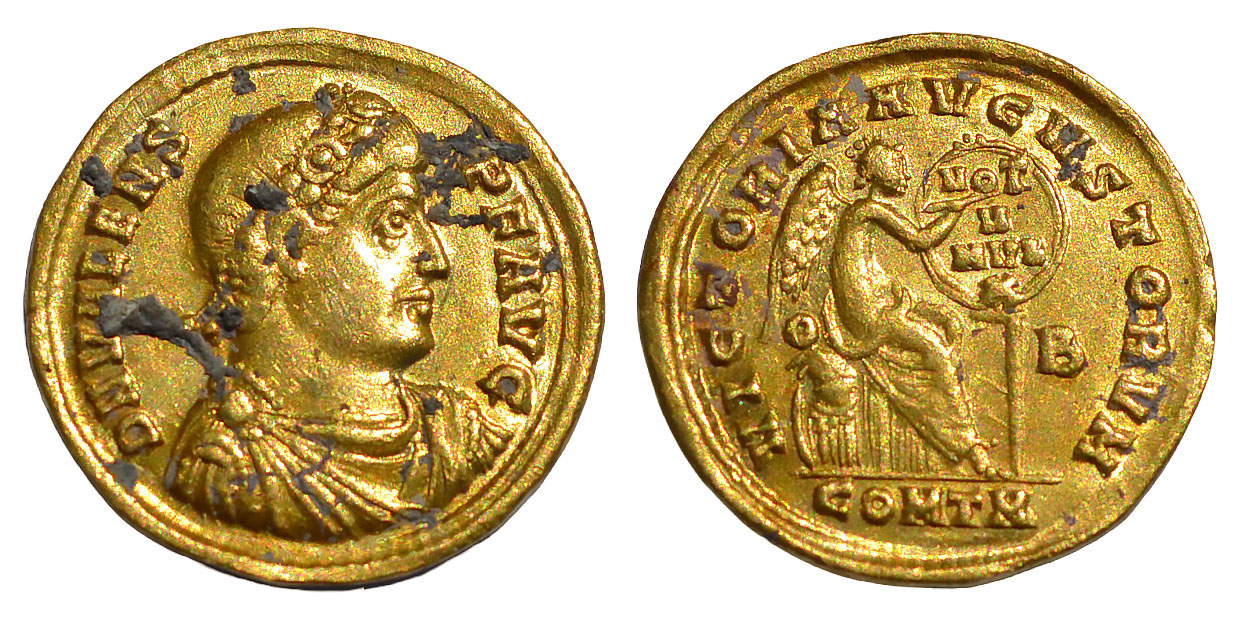A team from theUniversity of Verona’s Department of Cultures and Civilizations, under the direction of Patrizia Basso in collaboration with Diana Dobreva, recently concluded a new excavation campaign in thearea of the former Pasqualis Fund, located at the southeastern end of Aquileia. The excavation was conducted under a ministerial concession, in agreement with the Soprintendenza Archeologia, Belle Arti e Paesaggio del Friuli Venezia Giulia (Friuli Venezia Giulia’s Archaeology, Fine Arts and Landscape Superintendence), and made possible by the ongoing support of the Fondazione Aquileia, which has been financing the work since 2018.
The surveys, which lasted three months, involved about twenty students, doctoral students and young researchers from the University of Verona and other Italian and foreign universities. The team was able to explore more than 800 square meters of ground that had never been investigated before, obtaining important new data to reconstruct the history of the site and, more generally, of the ancient city.
Among the most significant discoveries of this excavation campaign are three gold coins minted by the emperors Valens, Magnus Maximus and Arcadius, thus dating to the late 4th century AD. These are very rare pieces and of three different nominals that, rather than coins in common use, appear to have been imperial gifts intended for prominent members of the court to celebrate particular events.
The coins were found under the arcaded floor of one of the market buildings, on which future investigations will continue, where they may have been hidden in a moment of danger and never recovered.

The 2025 campaign also unearthed a complex stratification that allowed for a better understanding of the area’s earliest phases, predating the construction of the large commercial complex dating to the late first century AD on the basis of the materials collected.
An additional 19 amphorae emerged, adding to the 23 identified in 2024: they were probably part of a drainage and soil-reinforcement system connected to a long, narrow room attributable to warehouses or storage facilities. These probably storage structures appear to be related to the first river dock found in the area, associated with a wider waterway than the present one, confirming the presence of landings and commercial ports of call with goods arriving from the sea via the river.
These data suggest that the river port of Aquileia was much more extensive than the already widely known western sector, continuing southward along the Natissa and including facilities for the sheltering of goods.
With regard to the large mercantile complex already investigated in previous years-comprising six buildings intended for the sale and storage of foodstuffs such as grain, meat, fruit and vegetables-the 2025 campaign completed the complete unearthing of a cobbled street, which had already been partially identified between 2023 and 2024. This street, connected to the northern decumanus, allowed the passage of patrons and wagons for the transport of goods, as evidenced by the wheel ruts still visible on the walking surface.
The excavations also documented a collapse of the western portico of one of the market buildings, which returned numerous burnt cereal caryopses, providing new insights into the study of food of the time.
But the most interesting surprise concerns the traces of life after the market was abandoned: remains of dwellings with hearths, productive rooms and a later road superimposed on the original one were found, a sign that the area continued to be inhabited and frequented even after the destruction of the complex.
Finally, the discovery of some burials without grave goods, currently undergoing radiocarbon analysis, testifies to the long continuity of frequentation of the area.
Throughout the construction period, the excavation remained open to visitors, who were able to participate in daily guided tours curated by students from the University of Verona. The open days on June 14 and September 27, organized by the Aquileia Foundation in cooperation with the Superintendency, the National Archaeological Museum of Aquileia and other organizations involved in the enhancement of the city’s heritage, were also a great success.

 |
| New excavations in Aquileia: gold coins found from market area and complex layering |
Warning: the translation into English of the original Italian article was created using automatic tools. We undertake to review all articles, but we do not guarantee the total absence of inaccuracies in the translation due to the program. You can find the original by clicking on the ITA button. If you find any mistake,please contact us.